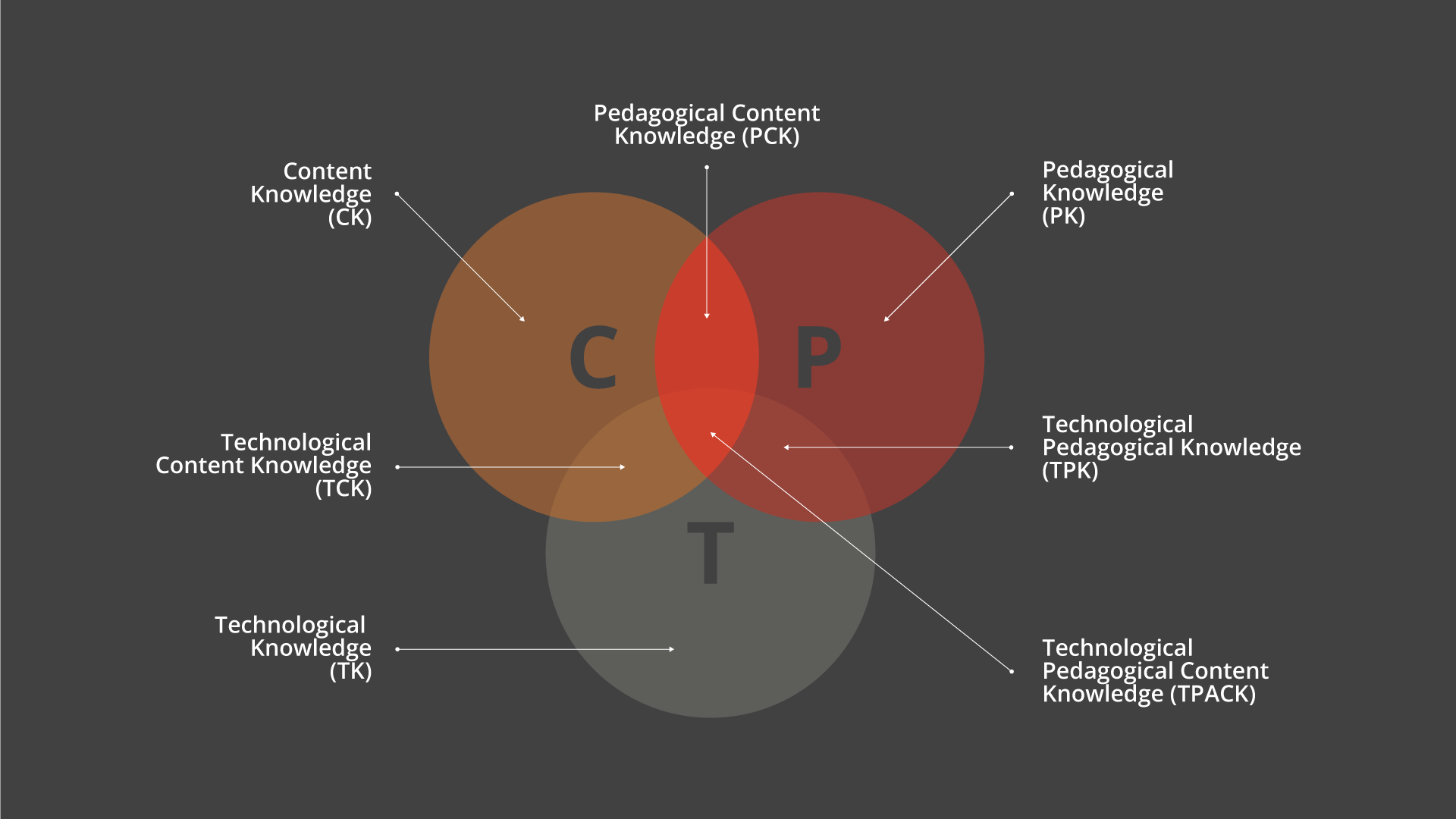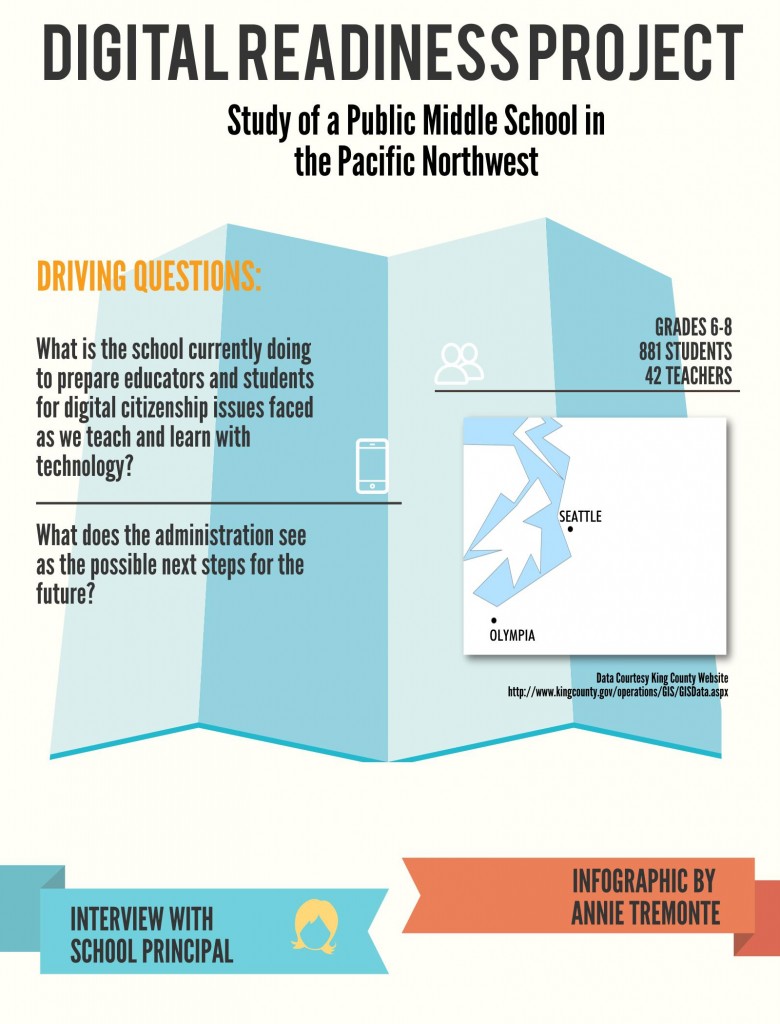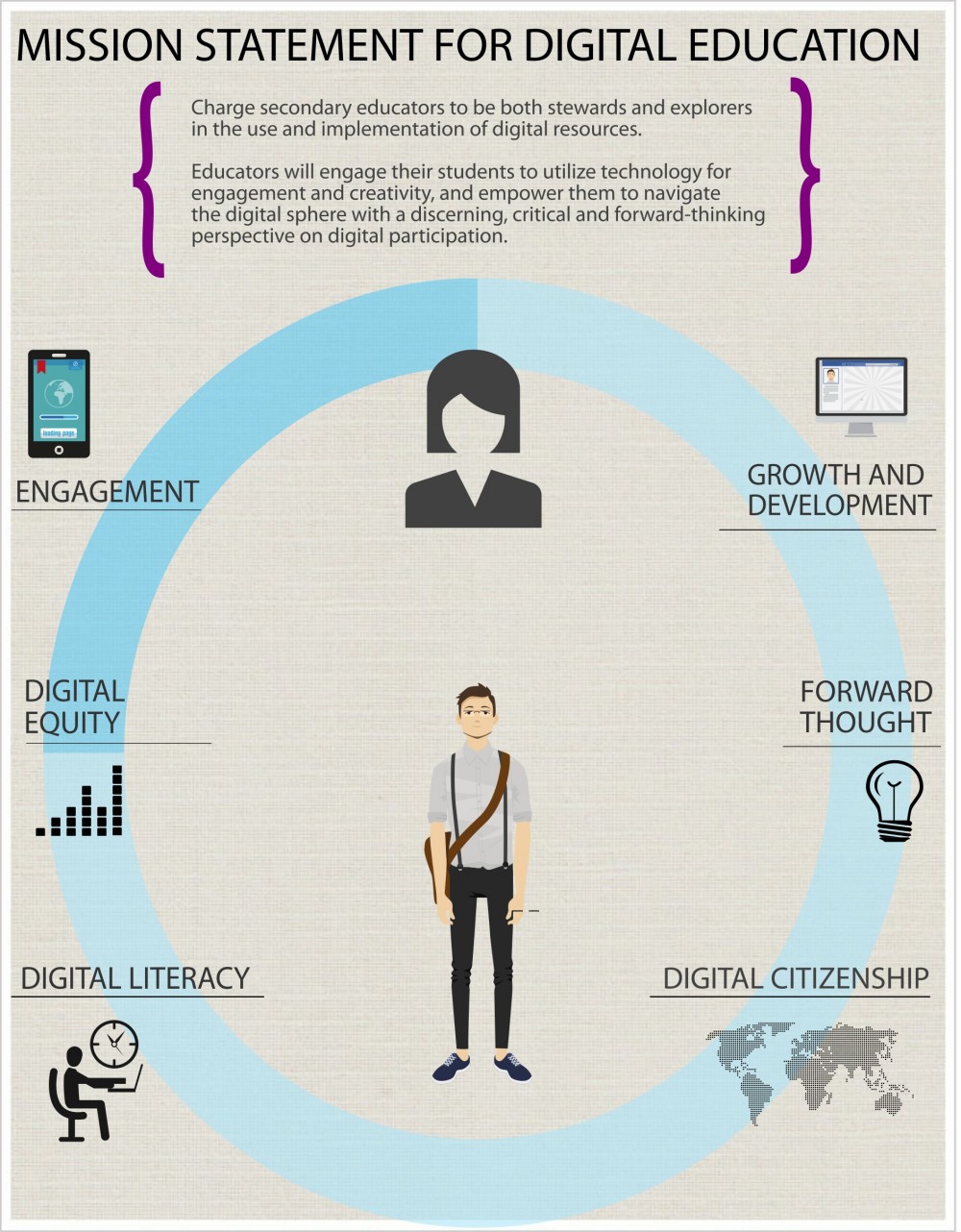This quarter in my graduate work in Digital Education Leadership at Seattle Pacific University, I am exploring Digital Learning Environments by focusing on the exploration of ISTE Coaching Standard 3, which charges technology coaches to create and support an effective digital age learning environment to maximize the learning of all students. In an effort to explore this standard, I read a number of initial pieces on in the intersection of content, pedagogy and technology in educational practice. I then used these as a jumping off point to explore and investigation my initial thoughts on my own ideal digital learning environment.

Shulman (1986) presented an understanding of both the history and intersection of content and pedagogy in the preparation of teachers. He established that intellectual biographies are the background a teacher brings with him or her in the approach to teaching, and shared that teachers are dynamic and improvisational because the practice requires it (Shulman, 1986). He continued that neither content knowledge, nor pedagogical knowledge can reign supreme in one’s approach to teaching, but they must interact as specific learning needs require it (Shulman, 1986). Shulman’s piece led directly into the work of Mishra and Koehler, who added technology to the working relationship between content and pedagogy. Mishra and Koehler (2003) articulated the shift from previous models of preparing teachers with specific technology skills to the promotion of educators in their exploration and evaluation of possible technologies, as they align with teaching and learning needs. Mishra and Koehler proclaimed that educators should “go beyond thinking of themselves as being passive users of technological tools and begin thinking of themselves as being active designers of technology” (2003, p. 5). This sentiment embodied their focus on the “how” to teach over the previous notions of “what” to teach in the facilitation of student-centered learning environments. The takeaways are that educational technologies have challenges, are messy, and need to be designed for both the content and pedagogy in play.

